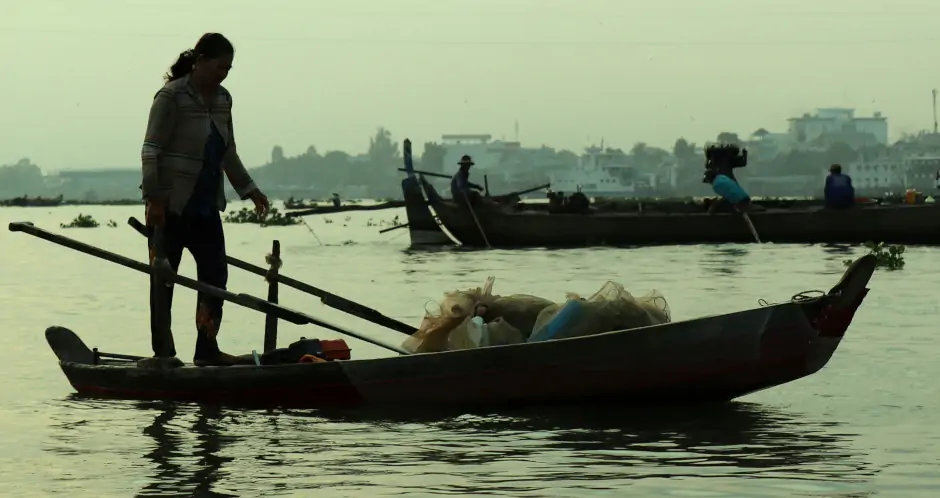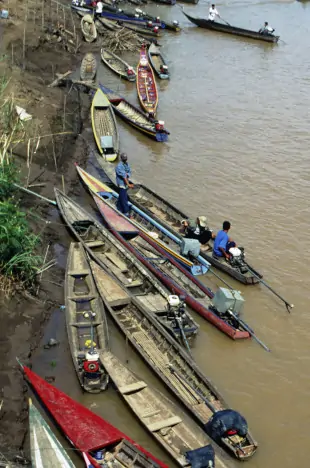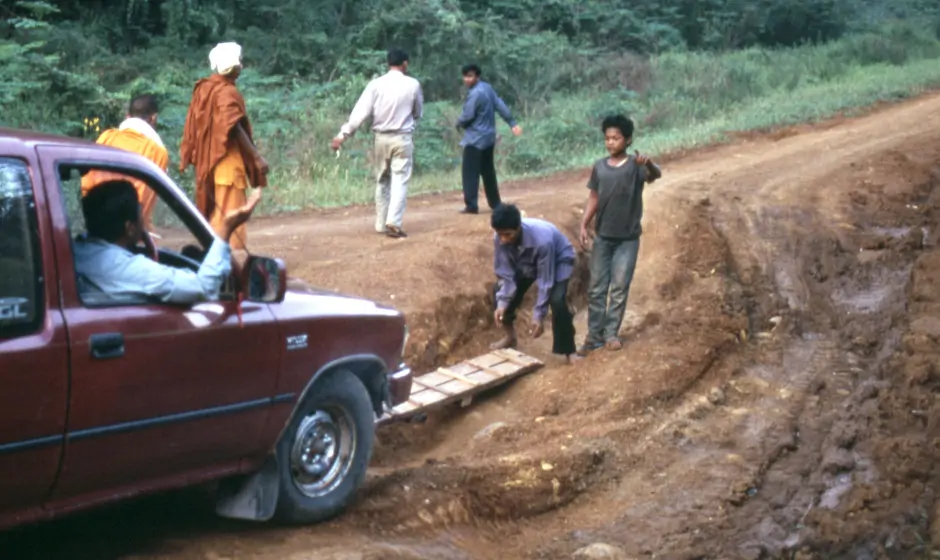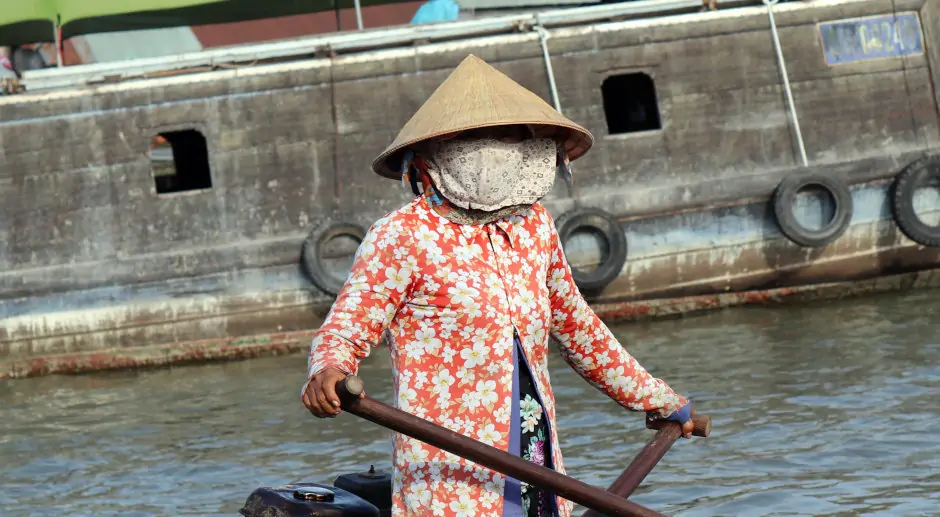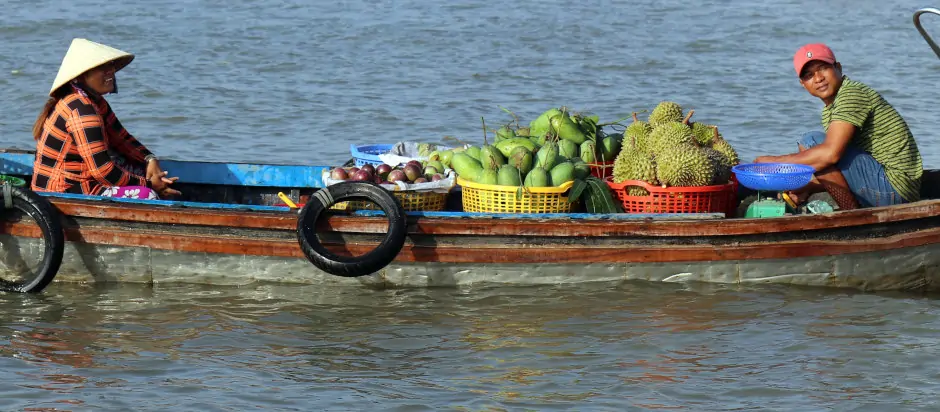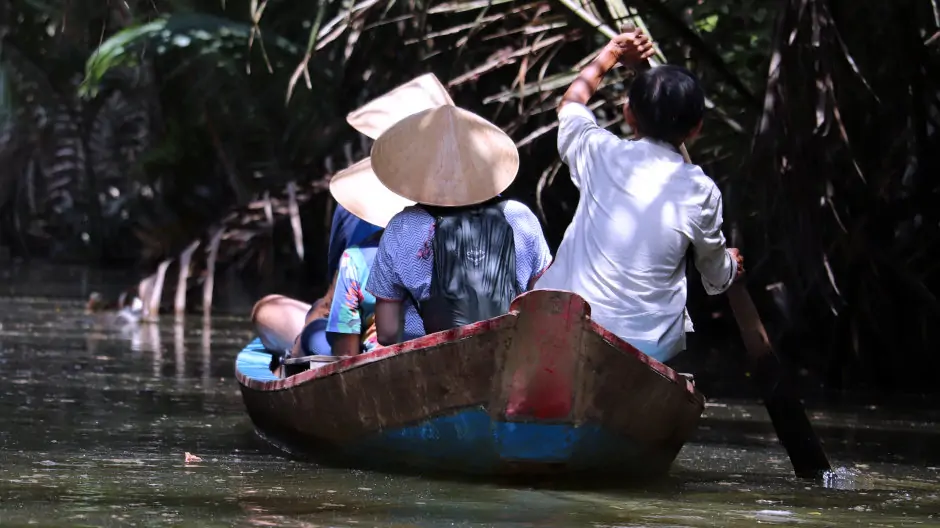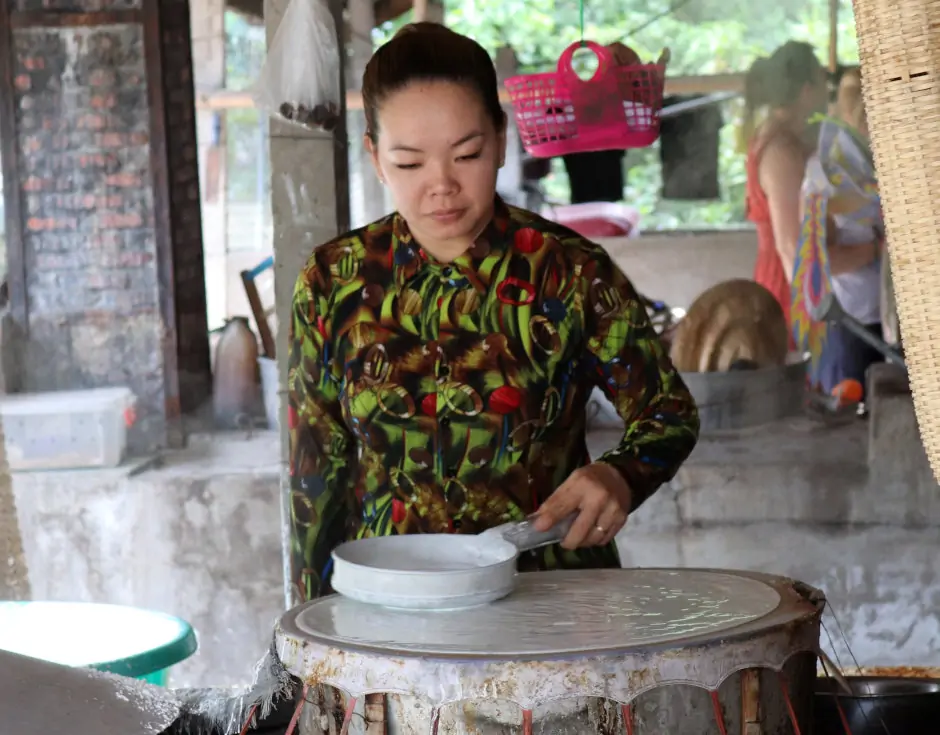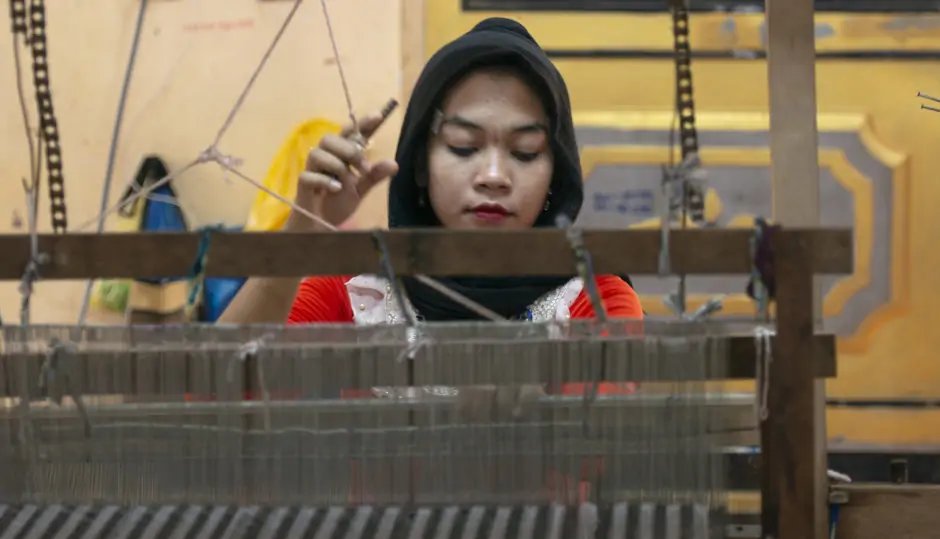Guest Article: Life on the Mekong River
Story and photography by Simon Goodinson* and Ray Waddington.
*Simon Goodinson is a travel photographer based in the United Kingdom.
Click/tap an image to begin a captioned slideshow (best viewed on a modern, wide-gamut display) and stock licensing details.
Watch our short documentary film Life on the Mekong River on YouTube.
Travel any of the world's great rivers and there's one thing you're sure to find: life. From the Amazon to the Zambezi, people have lived along these rivers for thousands of years. The river, it can be said, is their lifeblood. Flowing through six countries for five thousand kilometers, the Mekong, while not the longest, is among the mightiest.
Among the ancient peoples who still call the Mekong region their home are the Khmer. They settled mainly in today's Cambodia. But there were no international borders at that time. So, the Khmer are also found living by the Mekong upstream in today's Laos and downstream in Vietnam. They celebrate their culture fervently and a large part of that culture is boat racing. Particularly in Cambodia, multiple festivals feature boat racing competitions.
These boat races are no longer the casual, friendly pastime of old. They have become a semi-professional sport — sometimes even with corporate sponsorship for the leading teams. The photo above was taken on the Mekong at a small, weekend festival in southern Laos.
The Mekong flows out of Burma (Myanmar) at the infamous Golden Triangle. There, it geographically separates the three countries of Burma, Thailand and Laos. Historically, it has also separated three Tai peoples who populated much of those countries: the Shan, the Thai and the Lao.
It is here that the Mekong widens suddenly and dramatically. Meandering from this point all the way to the South China Sea, it has played a vital role in establishing and maintaining ancient empires and kingdoms. In fact, it has often been a battleground in the conflicts that decided their fate.
All large freshwater systems provide the staples for those who live along them and the Mekong is no different. Fishing has been practiced here since the first people arrived. So has agriculture — the river providing the irrigation that makes for one of the most fertile regions of the world.
Until recently, the engineering and construction technology required to bridge the Mekong did not exist. All movement and transport was accomplished exclusively by boat. Even today, wherever you may find yourself on the river, you're never far from a small fishing community. Look to either riverbank and you'll see small, wooden craft ready to go out in search of the next catch or to transport the last one to a local market. Talking your way onto one of these boats is now often the best way to see the river. As roads along the Mekong have improved, commercial passenger boat services are slowly disappearing. The photo below shows what those roads were like twenty years ago when it was often faster to travel by boat.
Most large rivers disperse into deltas before they empty into a lake, sea or ocean. When they do, they deposit large amounts of sediment making their delta region the most fertile. In the case of the Mekong, this happens soon after the water leaves Cambodia and enters Vietnam. This is why the region supports a large population with some very large cities. Simply put, for most who live here life revolves around the delta. For many of those people, that life includes rice cultivation. Among the largest rice-producing areas in the world, the Mekong Delta is known as the rice basket, or rice bowl, of Vietnam. It provides more than half of all the rice eaten in the country.
Besides rice, just about every kind of tropical fruit can also be found. Add in fishing (the Mekong Delta is the world's largest freshwater fishing area) and you already have the majority of the region's economy. All year round, almost nobody who lives here will go a single day without eating some combination of those three foods. Even those not directly involved in production make their living from transport, storage, distribution or sales.
The best place to witness all the economic activity this generates is the Cai Rang Floating Market in the city of Can Tho. This is the largest market in the delta region. From before daybreak to mid morning, hundreds of vendors take to the river in their boats hoping to sell their products. You can simply navigate up to any of them and bargain for a fruit cocktail or a full meal. Even if you're not interested in buying anything, go along anyway and take your camera. Few other places in the world offer such photo opportunities.
Although Can Tho is much smaller than Ho Chi Minh City (formerly called Saigon), it is still a large place that can become overwhelming in the afternoon heat. Fortunately, respite can be found among the shady labyrinth of narrow canals that also form part of the Mekong Delta. Swap your boat for a canoe and there is no shortage of guides who can paddle you to small, off-the-beaten-path places. Here, you will find small, family-run orchards, cafés, local musicians, artisans and craftspeople of all kinds, even chocolatiers.
Most of these places are now geared up for the tourist industry that has boomed in the region in recent years. So, your experience can sometimes feel less authentic and more commercialized. We went to a few of these places, and one of the more interesting ones was a rice paper factory. Here, the whole process of making the paper from the raw ingredients was explained and demonstrated to us. We were even given the chance to try making rice paper ourselves (which did not prove very successful).
The largest ethnic group in the region today is the Viet. But that has only been the case for about the last 200 years. For most of the Common Era it was the Cham. They were so successful and dominant that their kingdom occupied most of what is now southern Vietnam. It reached its height about a thousand years ago.
There are still a few thousand Cham people living in the Mekong Delta region. Many of them still speak their indigenous language and still practice their original form of Hinduism. Their small villages are dotted around the region and we were fortunate enough to visit one of them. Here, a young woman was using a hand loom to weave fabric. The Cham face the same challenges today as the dozens of other ethnic minority groups in Vietnam, loss of cultural heritage through assimilation into mainstream society. For now, though, they are managing to keep their culture alive. Anyone with an interest in indigenous culture should not visit the region without including a visit to at least one Cham community in their itinerary.
The Mekong River now contributes, in some way, to the lives of around sixty million people. Neglectful governance, dam construction and climate change are all contributing to threaten their livelihood. Rising sea levels are causing the lower parts of the delta to flood. This in turn takes away arable land and causes higher salt levels, which lowers crop yields. For the first time in history, people are now migrating away from the region in very large numbers. Efforts are underway to combat or mitigate these threats. While the recent Third Conference on Climate Resilient and Sustainable Development of Mekong River Delta of Viet Nam praised these efforts, the next twenty years will be an important test bed of how the world as a whole can deal with such threats. In the meantime, if the Mekong is on your bucket list, you should visit while you still can.
Photography and text copyright © 1999 - 2025, Simon Goodinson and Ray Waddington. All rights reserved.
Goodinson, S., and Waddington, R., (2021) Life on the Mekong River. The Peoples of the World Foundation. Retrieved
December 27, 2025,
from The Peoples of the World Foundation.
<https://www.peoplesoftheworld.org/guestArticle.jsp?article=mekong>
If you enjoyed reading this article, please consider buying us a coffee to help us cover the cost of hosting our web site. Please click on the link or scan the QR code. Thanks!

